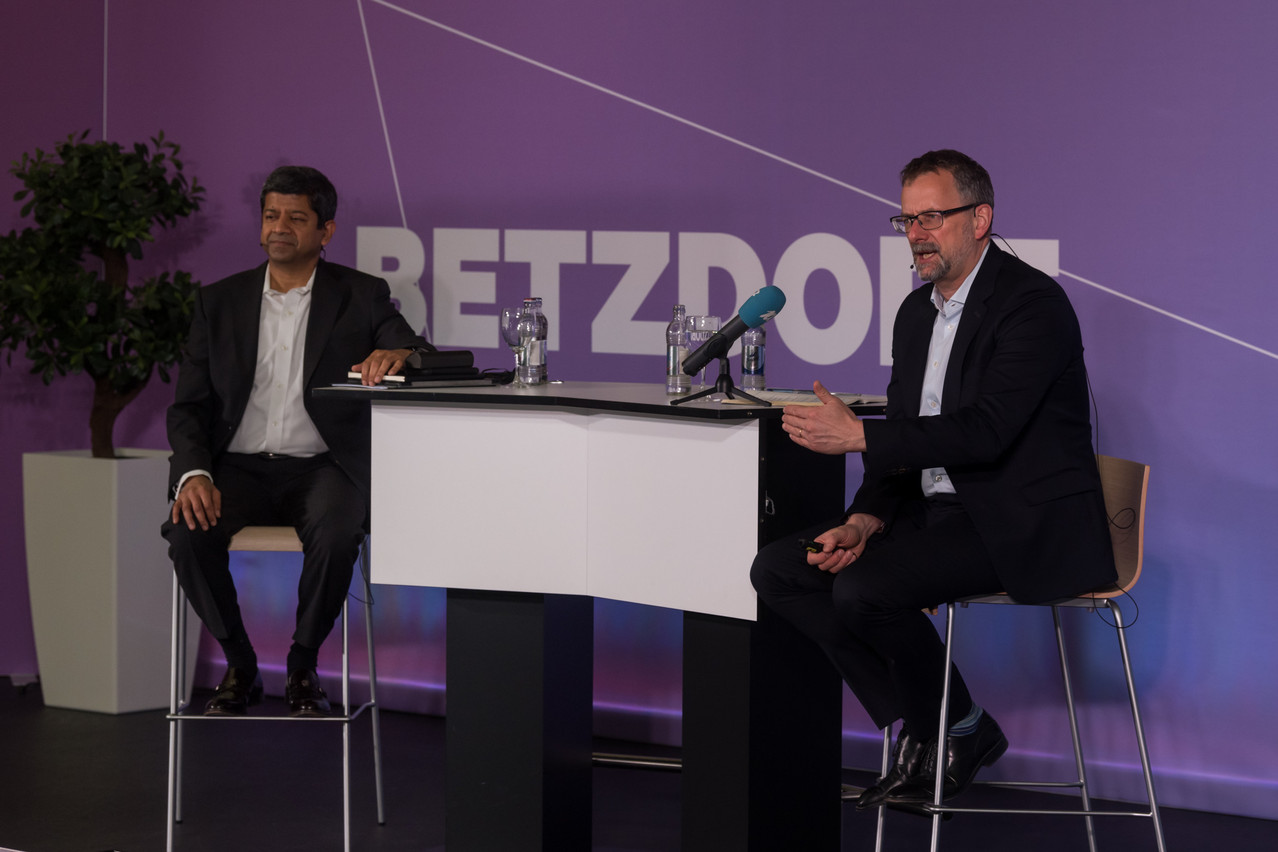It was Thursday 26 February 2015, but everyone has forgotten about it. As it does every year, SES had timed the conversation with its investors, analysts and then the meeting with the press for the publication of its annual results. The Luxembourg nugget had passed the €2bn mark in revenues for the first time in its history, largely thanks to its video service, which still accounted for two-thirds of its revenues.
Eight years later, the world's leading satellite operator came within a hair’s breadth of reaching the fateful two billion euro revenue mark that has entered the collective imagination of its most loyal investors... but in a completely different configuration: video barely remained above the billion mark (€1.02bn). Almost €300m of revenue has disappeared since the last result above €2bn in 2018.
Today, the “Networks” segment is the driving force behind growing connectivity needs. And while the “fixed” component is relatively stable over five years, the “mobility” and “government” parts have soared to €260m and €498m over the same period. But over the year, only the former is up by 13.4%, which shows how much aircraft and ships want to be able to provide connectivity to customers.
Net loss of €34m
On the government side, the withdrawal from Afghanistan in the autumn of 2021 has put an end to a number of contracts, which explains a year-on-year decline of 4.6%, but the best is yet to come. The integration of DRS GES, purchased for $443m from Leonardo, will enable the Luxembourg group to record around 50% of its Networks revenue from the government side.
Analysts prefer to remember that they had anticipated an adjusted Ebitda of €1.12bn and that this figure remained at €1.105bn, slightly above the range of €1.03bn to €1.07bn targeted by SES itself, especially as SES posted a net loss of €34m compared to a profit of €453m the previous year, with an adjusted net profit of €189m.
“I was delighted to join Luxembourg's defence ministry in announcing the MEO Global Services programme which, following parliamentary approval, is expected to commit up to €195m for O3b mPOWER services to support Luxembourg and its partners,” commented SES CEO . “This underlines O3b mPOWER's strong track record for providing reliable, sovereign and secure satellite solutions, noting the approval of Iris2 by the European Parliament and we look forward to continuing a productive engagement with the Commission.”
From O3b mPower to Iris2 and Eagle1, SES in all the right moves
When the first contract will be signed with the Luxembourg authorities as part of a Nato plan, this will pave the way for a second contract with the United States for a substantially larger amount, said (déi Gréng) and the US ambassador to Luxembourg, , last autumn. The hope is that other Nato member states that do not have a solution will also buy capacity on O3b mPower via the Alliance Logistics Agency. Six new generation satellites will be launched again this year and the remaining three next year.
“Iris2,” which stands for Infrastructure for Resilience, Interconnectivity and Security by Satellite, is the name of the “sovereign” European constellation, which should be operational in 2027 and to which the Europeans intend to devote €6bn. €2.4bn will come from the EU budget, plus €750m from the European Space Agency, with the remainder to come from the private sector. SES is committed to the project and is even leading Eagle1, Europe’s first low-orbit quantum key distribution system, a highly sensitive element for ensuring secure communications.
3 billion in clearing by year-end
The first ultra-high-speed satellite, SES17 became fully operational in June and, together with the O3b mPower constellation, these most powerful and agile satellites on the market have already recorded more than €1bn in orders. In total, the group says it has secured €2.2bn in backlog for the “Network” part and €2.6bn for the “Video” part over the coming years.
2022 was also marked by the launches of SES20, SES21 and SES22, which should enable the clearing of the US C-band (used for US 5G) to be finalised, which should result in the recovery of the $3bn at the end of the year.
Finally, the group has proposed a dividend of €0.50. It’s still far from the €1.30 of 2015, but SES has entered a new era.
This story was first published in French on . It has been translated and edited for Delano.
